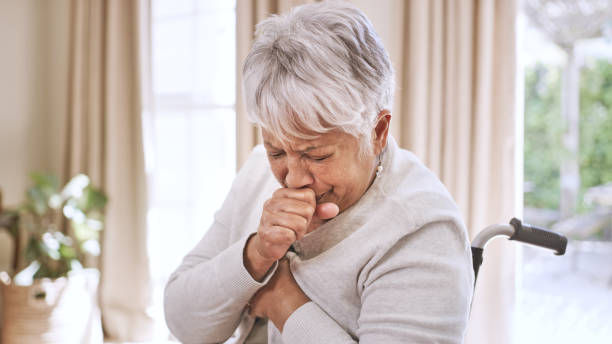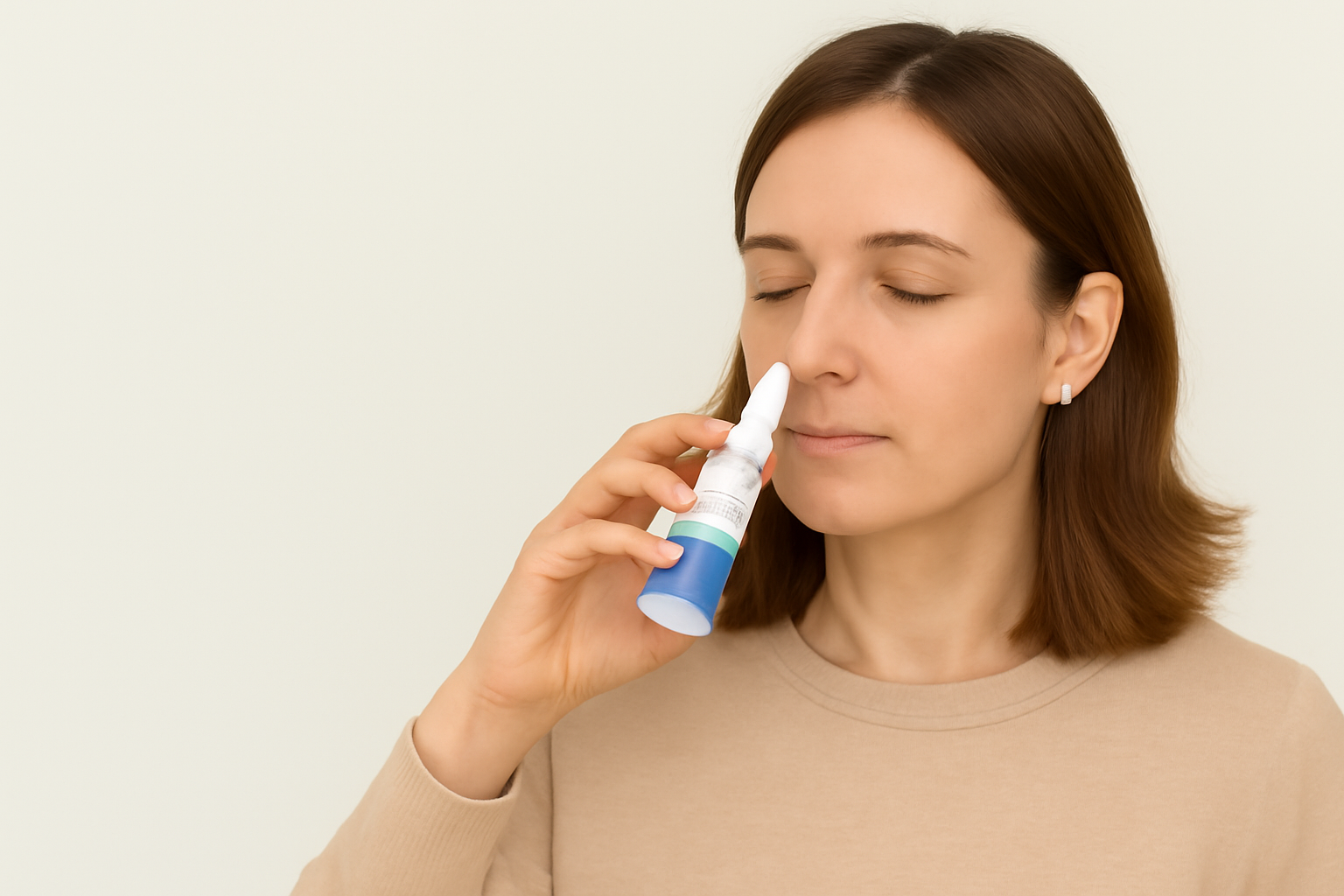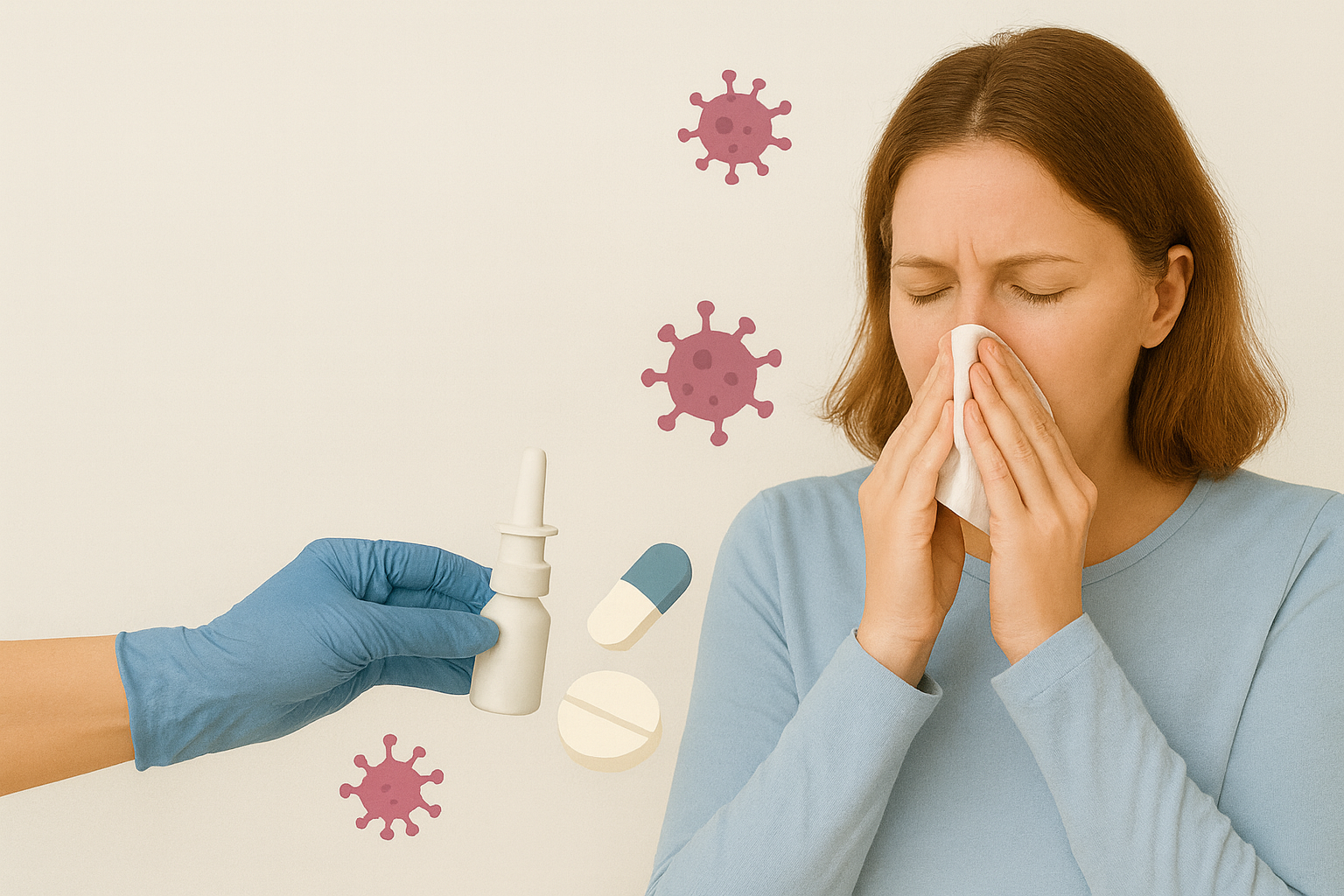Saliva plays a major role in the transmission of SARS-CoV-2, especially in high-risk environments like dental clinics. Since the virus is spread through aerosols and droplets, a preprocedural mouth rinse with antiseptics such as povidone-iodine (PVP-I) has been recommended by several dental associations.
This study—conducted in Spain—was the first in vivo trial to test whether PVP-I mouthwash could reduce the salivary viral load of SARS-CoV-2 in infected patients.
Study Design
- Participants: 4 COVID-19-positive patients
- Intervention: Rinse with 15 mL of 1% PVP-I for 1 minute
- Follow-up testing: Saliva samples collected at
- 5 minutes
- 1 hour
- 2 hours
- 3 hours post-rinse
The viral load was measured using RT-PCR targeting key SARS-CoV-2 genes (E, RdRp, and N).
Results
- Baseline saliva samples from all 4 patients showed presence of SARS-CoV-2.
- In 2 of the 4 patients, the PVP-I mouthwash caused a marked reduction in viral load, lasting up to 3 hours.
- For the other 2 patients, who had lower initial viral loads, the effect was less pronounced.
🧪 These early findings support the theory that PVP-I is more effective in patients with higher viral shedding, particularly in the early symptomatic phase.
Why This Matters
- Dental settings are high-risk due to close contact and aerosol-generating procedures.
- Routine PVP-I rinses could protect healthcare workers and reduce community transmission.
- The simplicity, low cost, and safety profile of PVP-I make it a compelling preventive measure.
Limitations
- Small sample size (4 patients)
- No control group to compare with saline or other mouthwashes
- Did not assess live virus infectivity—only viral RNA
Still, the study suggests that even a single rinse could provide several hours of reduced viral load in saliva.
Conclusion
Povidone-iodine mouthwash shows promise as a simple, effective tool to reduce SARS-CoV-2 in saliva—especially in symptomatic individuals. These early results justify the urgent need for larger clinical trials to confirm its role in COVID-19 prevention strategies, both in clinical and public settings.






.png)